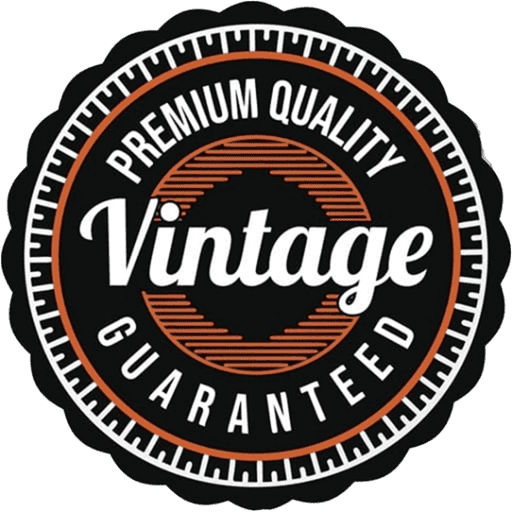If you’re interested in decorating, fashion, or design, choosing between *vintage* and *retro* styles can significantly impact the overall look. Recognize that *vintage* refers to authentic pieces from a specific time period, often carrying a sense of history and craftsmanship. Meanwhile, *retro* describes modern items inspired by past eras, designed to evoke nostalgia without necessarily using original materials.
Start by focusing on authenticity when aiming for a *vintage* aesthetic. Authentic vintage items are typically at least 20-30 years old and come with unique characteristics that reflect the era they originate from. *Retro* pieces, on the other hand, are modern reproductions or new designs that imitate the styles of the past, allowing for more flexibility and variety in decor and apparel.
When selecting items or elements for your project, consider durability and historical significance for vintage styles. For example, an original 1950s furniture piece or a 1920s dress offers a tangible connection to the past. Conversely, *retro* options often prioritize playful, bold designs and are more accessible, as they are produced specifically to capture a certain vibe rather than historical accuracy.
How to Identify Authentic Vintage Pieces Versus Modern Retro Reproductions
Examine the materials and craftsmanship closely. Vintage items often feature natural fibers and historically accurate manufacturing techniques, such as hand-stitching or period-specific hardware. Modern reproductions may use synthetic fabrics or machine-made components that lack the same quality and authentic feel.
Check for Signs of Age and Wear
Look for natural patina, minor imperfections, and consistent aging patterns that develop over decades. Authentic vintage pieces typically show subtle signs of use, such as small scratches, fading, or worn edges, which are difficult to replicate convincingly in new reproductions.
Research Labeling and Markings
Identify original brand labels, tags, or maker’s marks sewn into the item. Authentic vintage items often bear labels that match the era’s style and font, occasionally with faded or frayed edges. Reproductions may have modern tags or inconsistent branding that does not align with the period.
Compare stitching quality and construction details. Vintage items usually have sturdy, hand-finished seams, whereas reproductions might show uniform, machine-produced stitching, or shortcuts that compromise durability.
Verify provenance or origin if possible. Provenance tags, original receipts, or detailed history can help confirm authenticity. When uncertain, consult expert appraisers or trusted vintage dealers who can assess these details accurately.
Practical Tips for Incorporating Vintage or Retro Elements into Your Interior Design or Wardrobe
Start by choosing one or two statement pieces, such as a vintage armchair or a retro-inspired jacket, to anchor your space or outfit. This approach prevents the overall look from becoming overwhelming while highlighting key elements.
Mix vintage or retro items with modern basics to create a balanced aesthetic. For example, pair a classic patterned wallpaper with minimalist furniture or combine a retro dress with contemporary accessories for a fresh yet nostalgic feel.
Focus on color palettes typical for the period you’re inspired by. Popular vintage tones include muted pastels, bold primaries, or earthy hues. Incorporate these shades through textiles, paint, or clothing to evoke authenticity.
Reuse and repurpose existing pieces. Refurbish or rework furniture with new upholstery or paint to maintain character while updating appearance. Similarly, alter vintage clothing with modern tailoring or accessories for a personalized touch.
Add accessories that highlight the style, such as vintage lamps, retro clocks, or period-appropriate jewelry. Using these details enhances the overall thematic cohesion without needing to overhaul your entire space or wardrobe.
Visit thrift stores, antique markets, and online vintage shops regularly to discover unique finds. Keep an open mind and consider how each item can be integrated seamlessly into your current setup for a distinctive look.
Pay attention to fabric choices, opting for textured materials like velvet, lace, or tweed to add richness and depth. Incorporate patterns such as floral, geometric, or pinstripes that are characteristic of the style you’re aiming for.
Use layering strategically by combining different textures, patterns, and accessories. Layering helps create visual interest and authenticity, making vintage or retro elements feel integrated rather than separate additions.
Monitor lighting to complement your chosen style. Soft, warm lighting typically enhances vintage ambiance, while bold, colorful lighting may accentuate retro spaces. Use fixtures that reflect the period’s design for a cohesive look.
